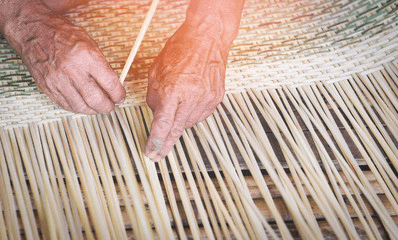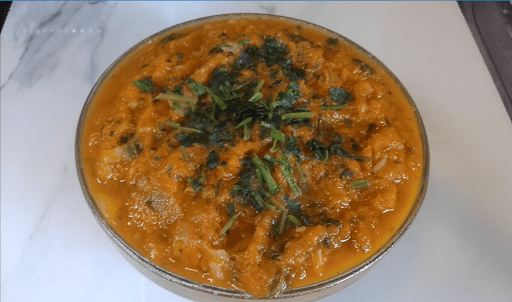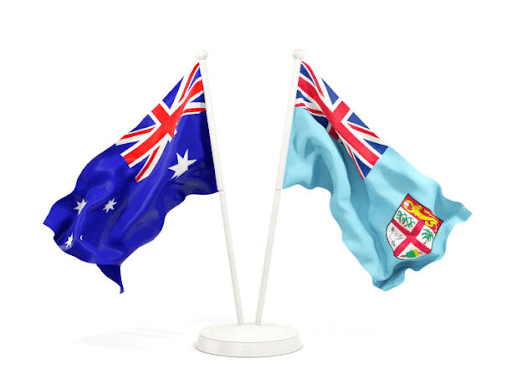The art of basket weaving (tali kato) in Fiji
What is tali kato in Fiji?
Tali kato is the art of weaving traditional baskets in Fiji. The island of Fulaga in Lau, the most southern group of islands of Fiji, is a renowned place for finely woven kato. This ancient craft has been passed down through generations of women and is still actively practised on the mainland of Viti Levu by Fulaga descendants.
A variety of pandanus leaves are used for talitali (weaving). The processing of the leaves determines the natural shades of tan, with some leaves dyed black and dark brown with mangrove earth pigment to achieve a dramatic pattern against the pale natural pandanus.
The intricacy of forming patterns applied during tali kato, and its seamless form requires a high level of skill and precision in measurements for the fine design application that Fulaga is well known for. Fijian woven baskets share common characteristics, and black and dark brown fibres are integrated into the weave. Characteristic motifs include the pinwheel and a variety of star shapes set into the central design.
What is the usage of woven products in Fiji?
There are many different types of woven baskets that are specific to different uses and are still used for day-to-day activities such as fishing, collecting crops and serving food. Kato (basket) for personal uses display more elaborate and fine weaving techniques today.
There are different types of woven baskets in Fiji that are specific to different uses and are still used for day to day activities such as fishing.Noke or kato ni ika is a basket used by fisherwomen, in Fiji to carry fish and other items whilst fishing. This particular basket is woven from coconut palm leaf and magimagi (coconut sinnet) is used as its handle.
Currently, there are less than 100 weavers in Fiji preserving this traditional craft. Some of the popular items in Fiji made using tali kato include jewellery boxes and gadget cases.












